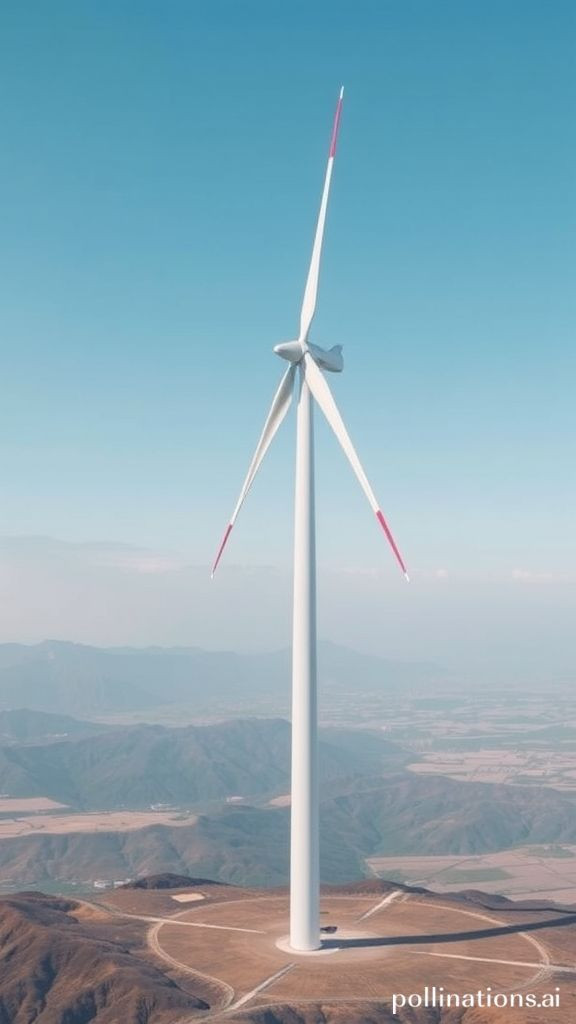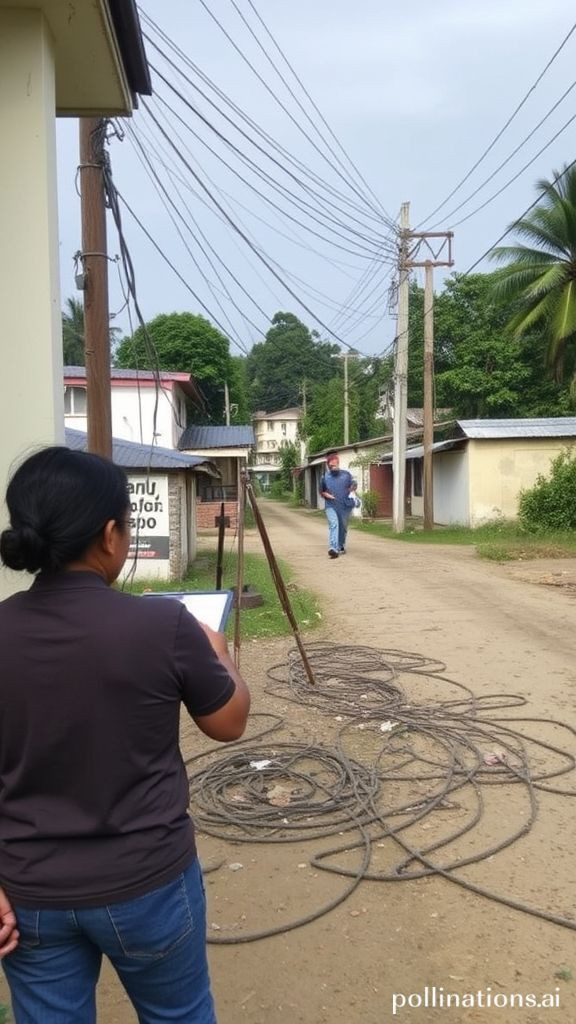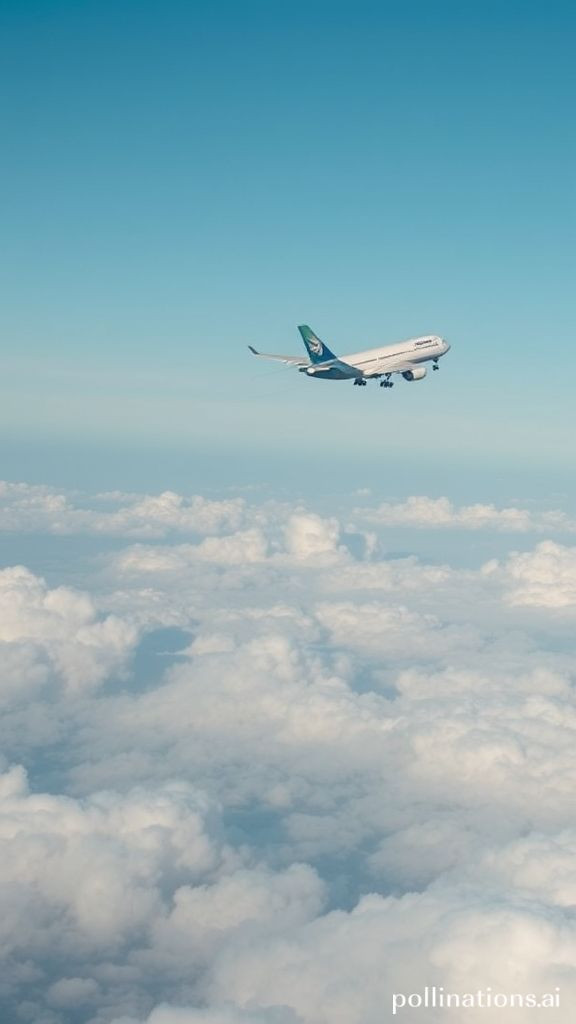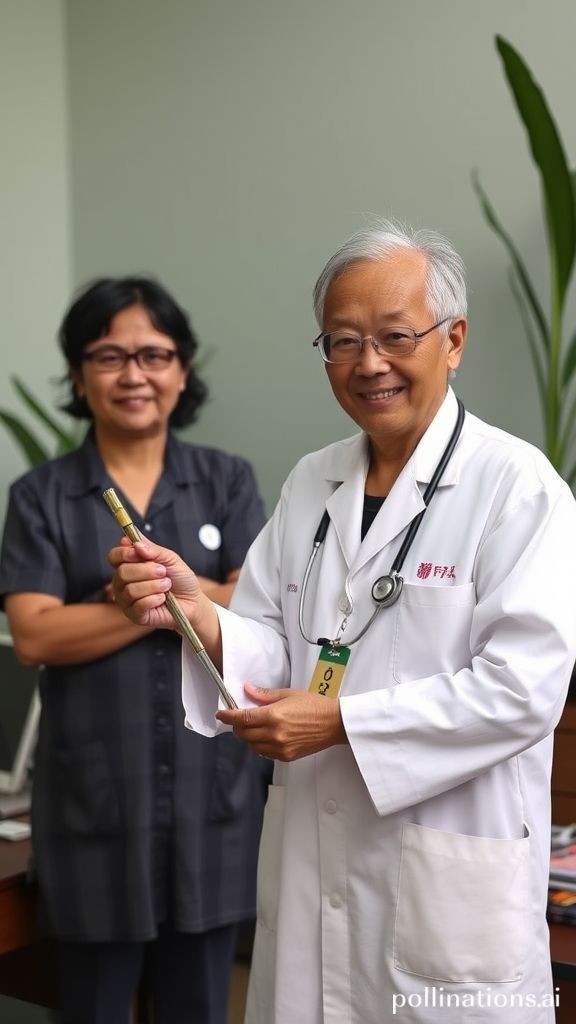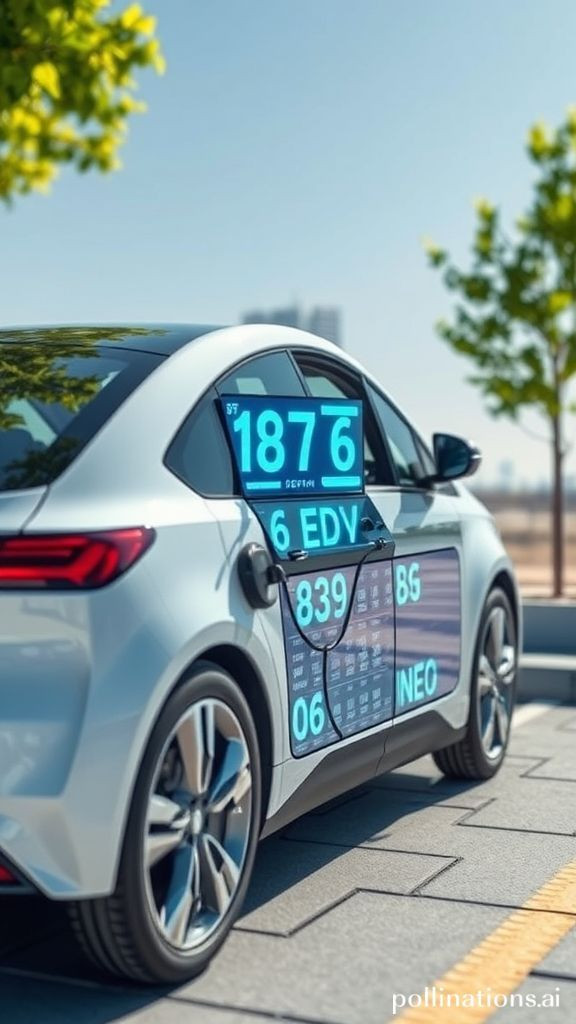
How the blue economy can break the cycle of poverty in Southeast Asia's coasts
How the blue economy can break the cycle of poverty in Southeast Asia's coasts
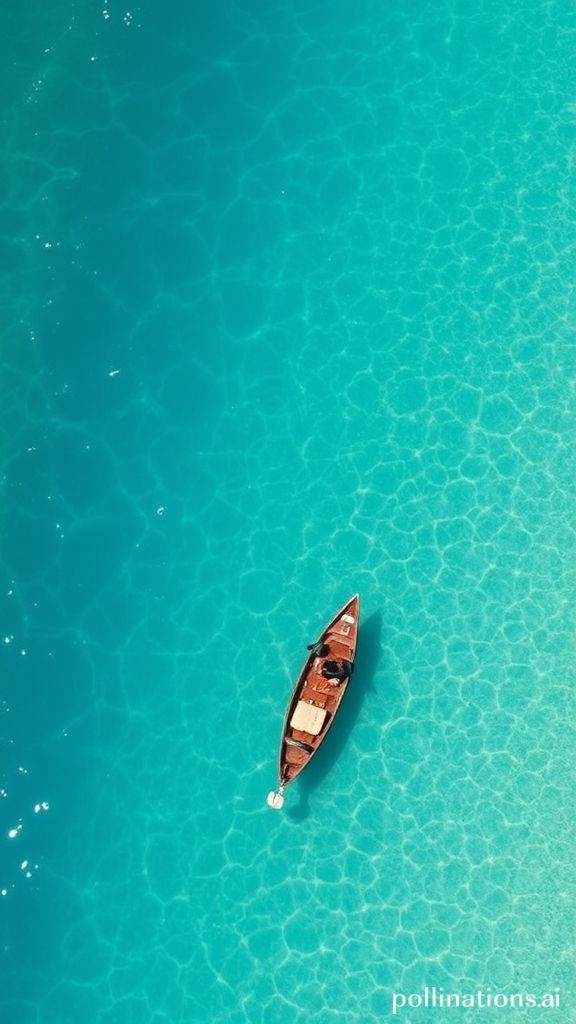
Breaking the Cycle of Poverty 5 Lessons Learned from Harnessing the Power of the Blue Economy in Southeast Asia's Coasts
The blue economy has been touted as a game-changer in combating poverty, particularly in coastal communities. Southeast Asia's oceans possess immense potential for sustainable growth that is both inclusive and equitable. In this blog post, we will explore 5 key takeaways from the blue economy's efforts to break the cycle of poverty in Southeast Asia's coasts.
Lesson #1 Interdisciplinary Collaboration is Key to Success
To successfully harness the power of the blue economy, it is essential to integrate marginalized communities into national and local development strategies. This requires interdisciplinary collaboration among government, academia, and private sector organizations. By combining diverse perspectives and expertise, we can develop innovative solutions that address the complex challenges faced by coastal communities.
Lesson #2 Enhancing Value Chains is Crucial for Sustainability
Enhancing value chain processes is vital for the blue economy's success. This includes implementing certifications to improve product quality and market access, as well as leveraging digital platforms to connect fishers directly with consumers. By reducing reliance on exploitative intermediaries, we can increase financial viability and profitability for coastal households.
Lesson #3 Diversifying Aquaculture and Seaweed Products is Critical for Market Opportunities
To broaden market opportunities, the blue economy must diversify aquaculture and seaweed products. This includes exploring new markets, developing innovative products, and creating value-added products that can command a premium price. By doing so, we can increase the economic viability of coastal communities.
Lesson #4 Sustainable Innovations Must be Appealing, Profitable, and Environmentally Friendly
Sustainable innovations must not only minimize environmental impact but also be appealing and profitable for coastal households. This requires a deep understanding of local realities and the needs of coastal communities. By developing solutions that are both sustainable and financially viable, we can ensure long-term success.
Lesson #5 Critical Thinking is Essential for Long-Term Success
Finally, critical thinking is essential for the blue economy's success. It's not enough to simply develop innovative solutions – we must also challenge our assumptions and be willing to adapt. By embracing diverse viewpoints and perspectives, we can develop a more nuanced understanding of the complex challenges faced by coastal communities.
In conclusion, the blue economy has tremendous potential to break the cycle of poverty in Southeast Asia's coasts. By incorporating these 5 key takeaways – interdisciplinary collaboration, value chain enhancements, diversification of aquaculture and seaweed products, sustainable innovations, and critical thinking – we can harness the power of the blue economy to create a more equitable and prosperous future for all.
Keywords Blue Economy, Poverty, Southeast Asia's Coasts, Circular Economy, Sustainable Development
